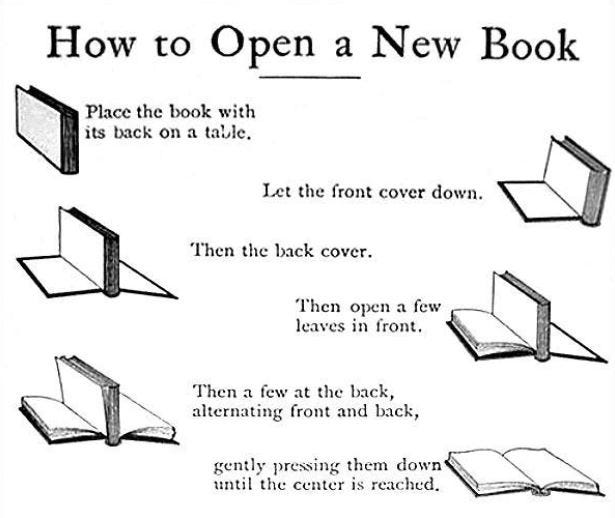Clearing Up the Clutter: On Removing "Trite Physicality" from Stories
Character vapor, pointless movements, and furniture moving in fiction
As Twitter implodes and Facebook lays off thousands, I’ve been thinking about what I missed in the era that proceeded social media domination. Specifically, the pleasure of the interconnected blogging era in which authors shared and responded to each other’s thoughts in a more sustained and thoughtful way that tweets could ever achieve. This isn’t a new…



